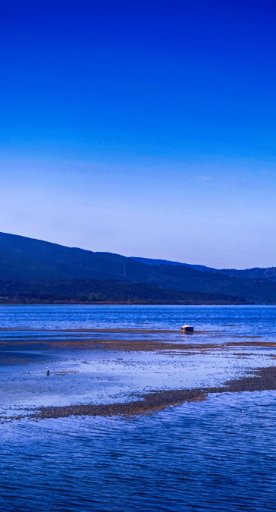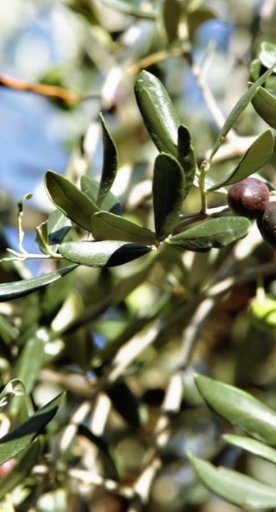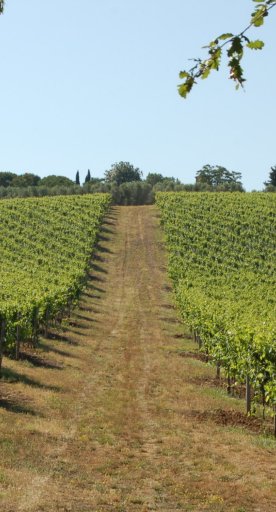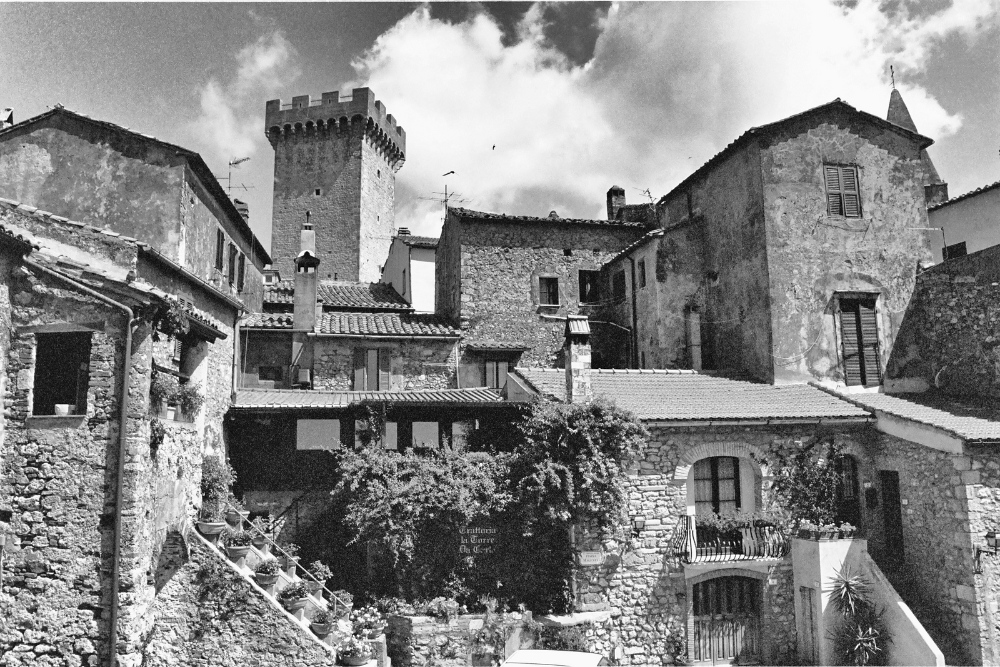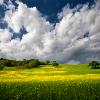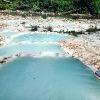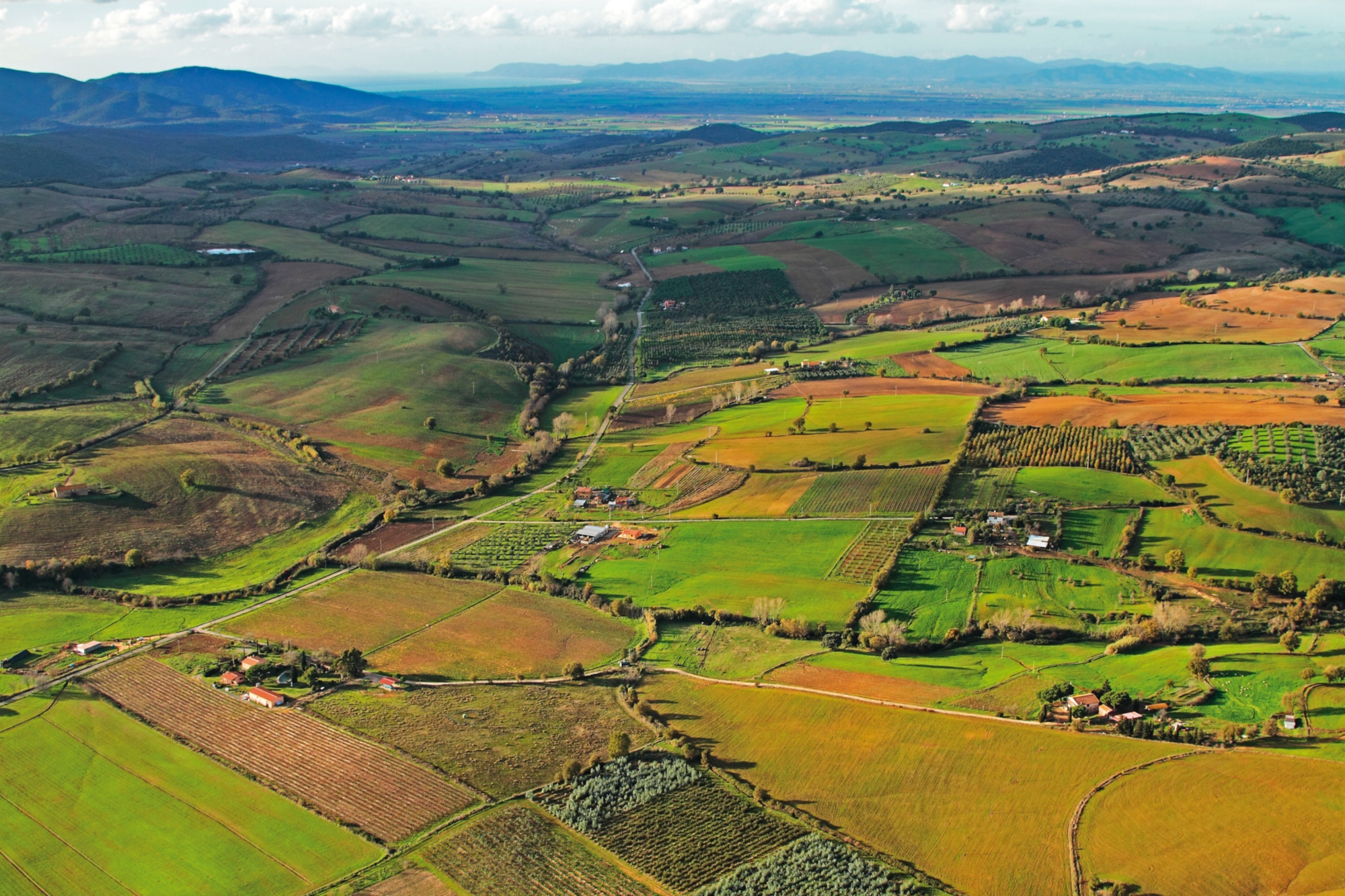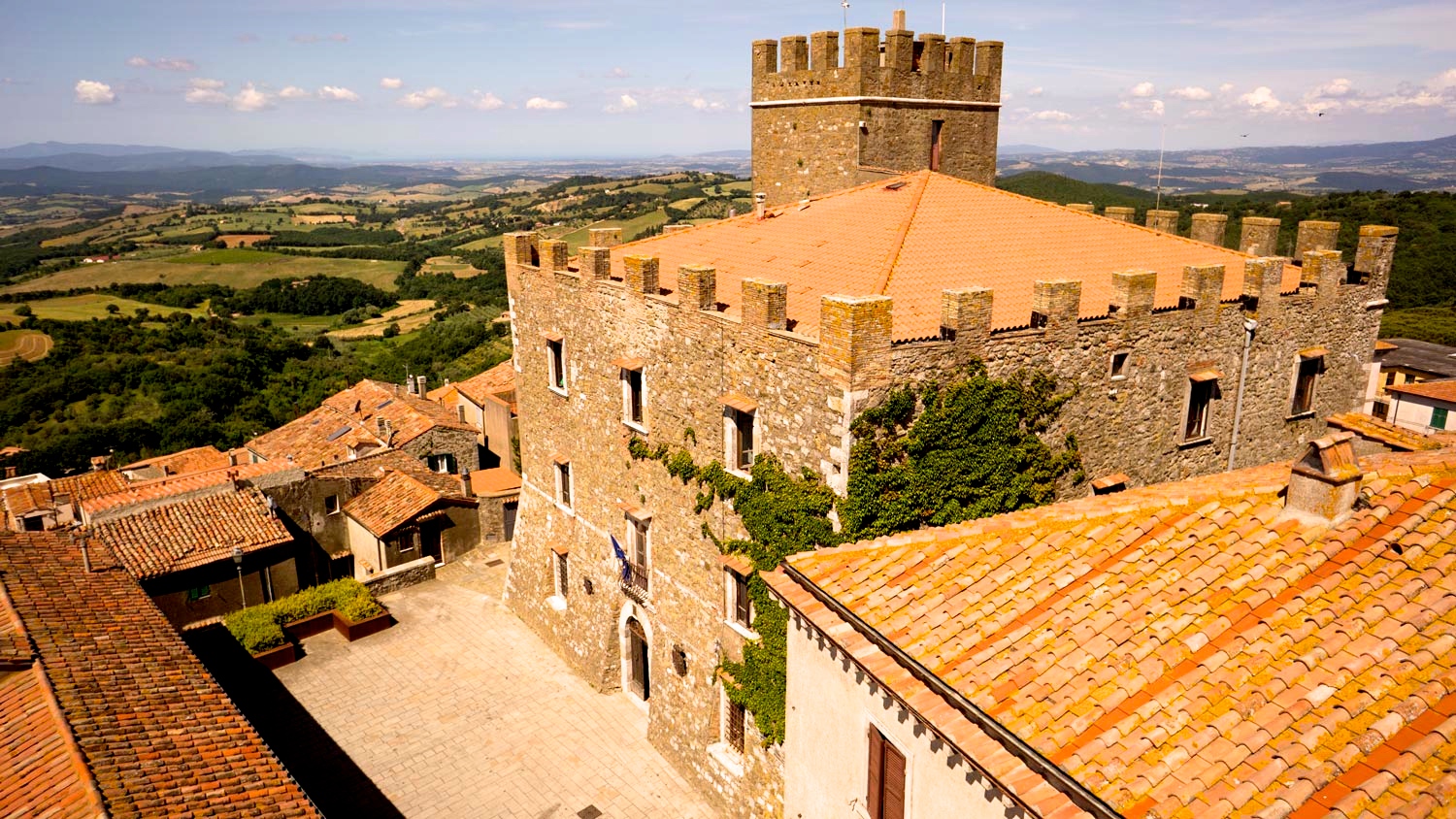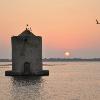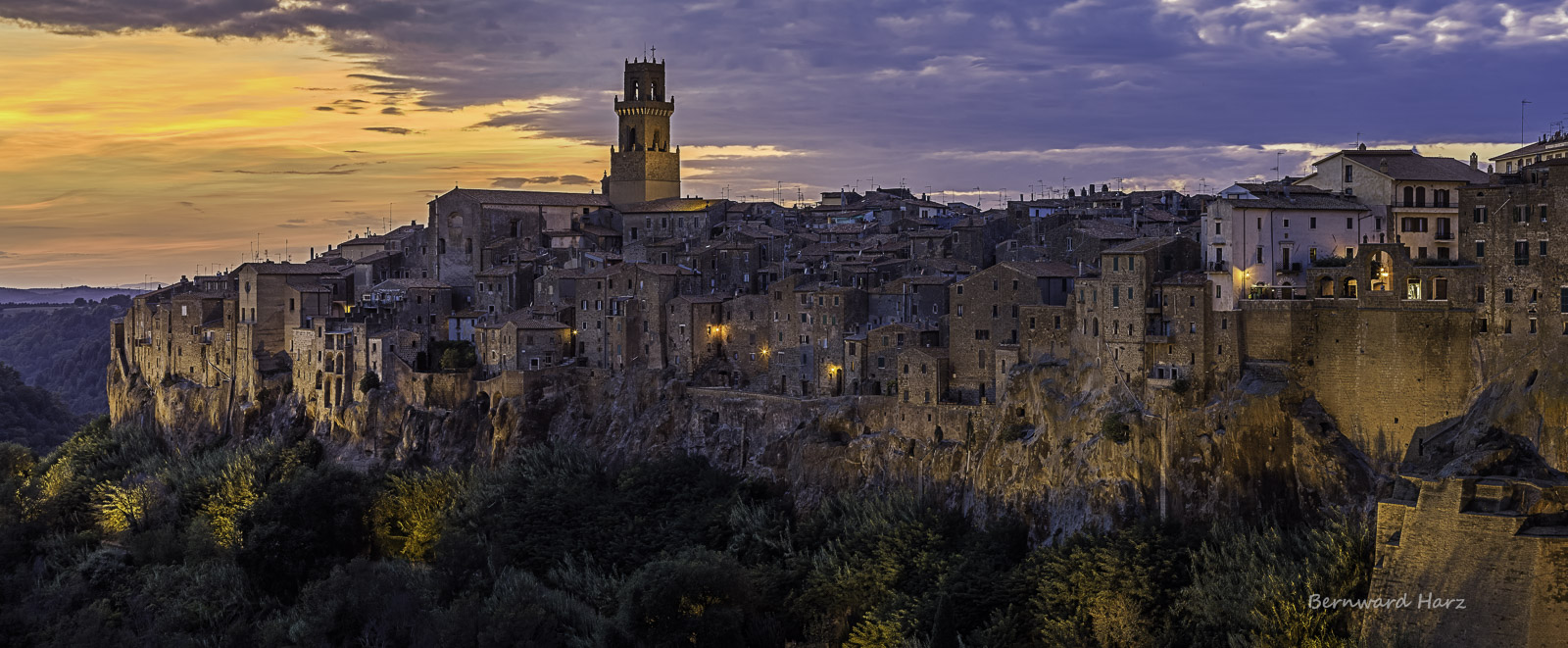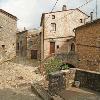Semproniano is the southernmost town in the Amiata region, the gateway to the volcano for those travelling from Saturnia and further south from Aurelia.
A feudom of the Aldobrandeschi family before the year 1000, it then passed under the control of Siena in the mid-fourteenth century and, finally, after a brief interlude with the Spaniards, it became part of the Grand Duchy of Tuscany.
Semproniano combines the charm of a picturesque village with the beauty of the most authentic and wild nature, as evidenced by the nature reserves in its surroundings, the rivers, the botanical peculiarities.
The area is truly rich in history, traditions, typicality and exciting scenarios.





